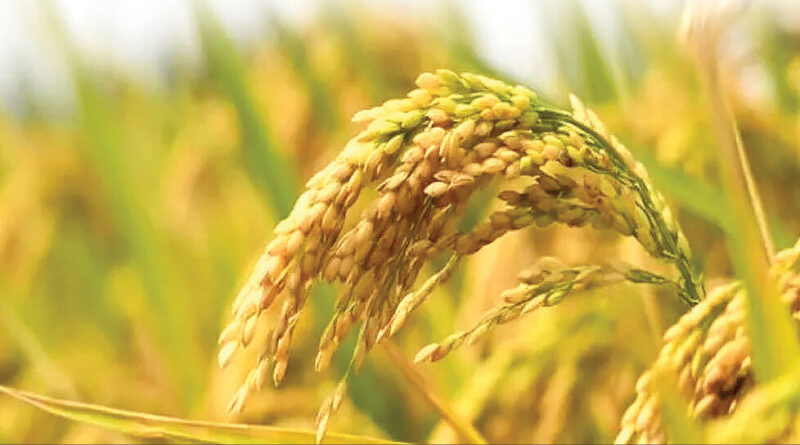Robust rains accelerate rice planting in India
By Reuters
Indian farmers have planted 28.3 million hectares (69.9 million acres) with summer-sown rice, according to the farm ministry’s latest data, up 3.28% from the same period last year, as robust monsoon rains encouraged the expansion of acreage.
Higher rice planting in India, the world’s second-biggest producer of the grain, will ease concerns about lower output of the staple.
India late last month ordered a halt to its largest rice export category a move that will roughly halve shipments by the world’s largest exporter of the grain.
Farmers typically start planting rice, corn, cotton, soybeans, sugarcane and peanuts, among other crops, from June 1, when monsoon rains are expected to begin drenching India.
Summer rains are crucial as nearly half of India’s farmland lacks irrigation.
For June and July together, India’s monsoon rains were 5% above average, falling 10% below normal in June but rebounding to 13% above average in July.
The weather office defines average, or normal, rainfall as ranging between 96% and 104% of a 50-year average of 87 cm (35 inches) for the four-month season.
This year, the delayed arrival of monsoon rains and lower rainfall in June, especially in some southern, eastern and central states, held back the planting of summer crops, even as the monsoon covered the entire country nearly a week in advance.
Some regions in India, including breadbasket states such as Punjab and Haryana, received torrential rains in July, triggering floods. Still, dry weather prevailed in some parts of the country.
Farmers planted 17.9 million hectares (44.2 million acres) with oilseeds, including soybeans, 2.2% more than a year earlier. Corn was planted on 7.6 million hectares (18.8 million acres), up from 7.5 million hectares a year earlier. The cotton area was marginally lower at 11.9 million hectares.
This article has been republished from The Economic Times

